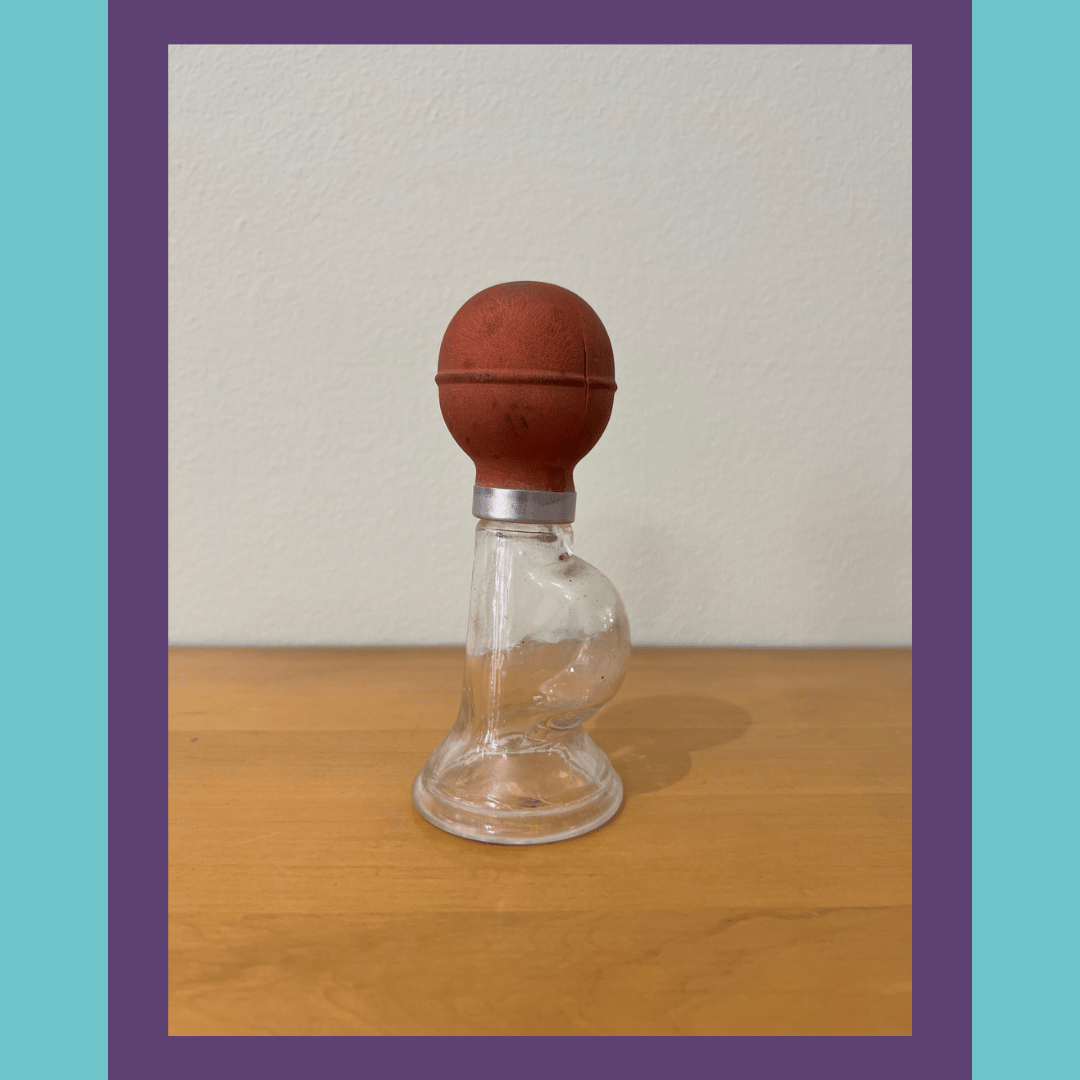No Products in the Cart

However, in situations where a new parent is unable to chest or breastfeed directly, breast pumps play a critical role in ensuring that infants receive adequate nutrition. Breast pumps have undergone significant innovations over the years, with the first pumps dating back to ancient civilizations.
Breast pumps have been in use since ancient times, with the first recorded use dating back to Egyptian civilization. The first breast pumps were made from clay or animal bladders, and they were used to relieve breast engorgement, a condition where the breasts become swollen and painful due to the accumulation of human milk. These early pumps were crude and provided little in terms of efficiency.
The first hand-operated breast pump patent was in 1854 by O.H. Needham. It was made of a rubber ball that fit into a glass pipe, a video can be found below. This was later improved by Edward Lasker in 1923 with the first mechanical pump. The design was inspired by Lasker’s work with dairy cows. The pump stirred up controversy at the time with some pediatricians wanting the pumps only for hospitals and not for parents to use at home.

With the application of an electric motor and plastics, breast pumps became more efficient and easier to use. The first electric breast pump was invented in 1942 by Swedish engineer from the breast pump manufacturer Ameda, named Einar Egnell. His design improved pumping efficiency over previous models, and allowed mothers to extract milk quickly and with minimal effort with a more robust motor. This is also the first hospital-grade breast pump!
Some modern breast pumps are now designed by women, for women. With many models designed to mimic the natural sucking pattern of an infant. This stimulates milk production and makes the pumping process more comfortable for mothers and pumping parents. Some have mobile applications that allow users to track output, pumping sessions, adjust suction levels, and capture data.
Another innovation in modern breast pumps is the development of wearable pumps without wires or tubes. These pumps are designed to be discreet and allow mothers to continue with their daily activities while expressing milk, like working on the computer or even doing yoga! Some wearable pumps are designed to be used while sleeping, which can be particularly helpful for mothers who need to pump frequently throughout the day.
Over the years, breast pumps have undergone many changes, with modern models having a better focus on the comfort of the mom. The development of wearable pumps has been a significant innovation, allowing mothers to express milk discreetly and continue their daily activities while providing the best possible nutrition for their infants. We can’t wait for the next generation of breast pumps!
Check out some Healthy Horizons' favorite pumps here. In need of breast pump kits and spare parts? We’ve got you covered here. If you're in need of a lactation room upgrade at work, check out how we can support you.